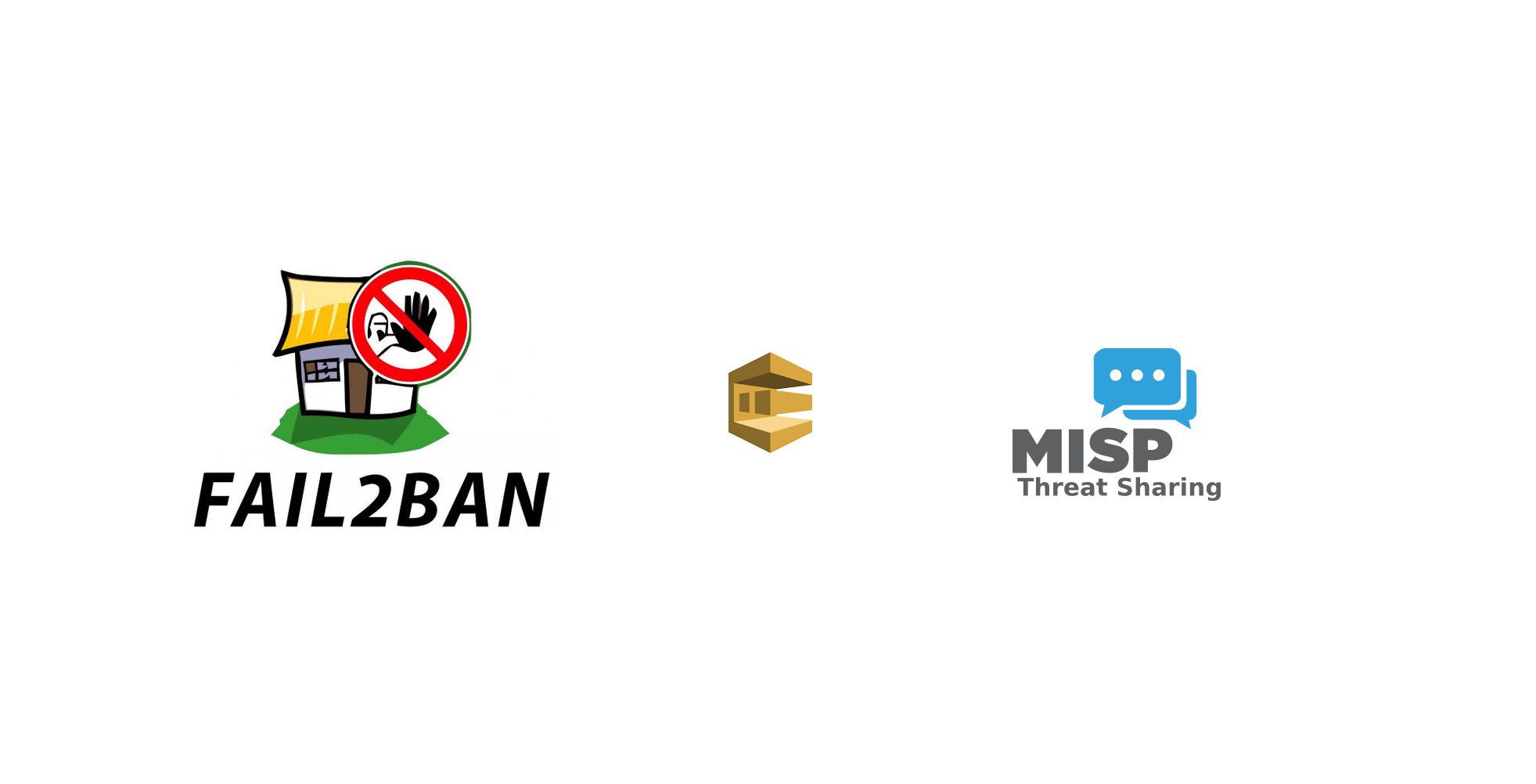ssh honeypot with fail2ban and AWS SQS to MISP
So I wanted to do something which has been done many times before and that was to create an SSH honeypot for some threat intelligence collection purposes. The twist to this is that I want to send the results to MISP and I came across a few hicups along the way. Ive previously blogged about Fail2Ban and it got me thinking, what if I added a secondary action to send the resulting banned ip into MISP.








